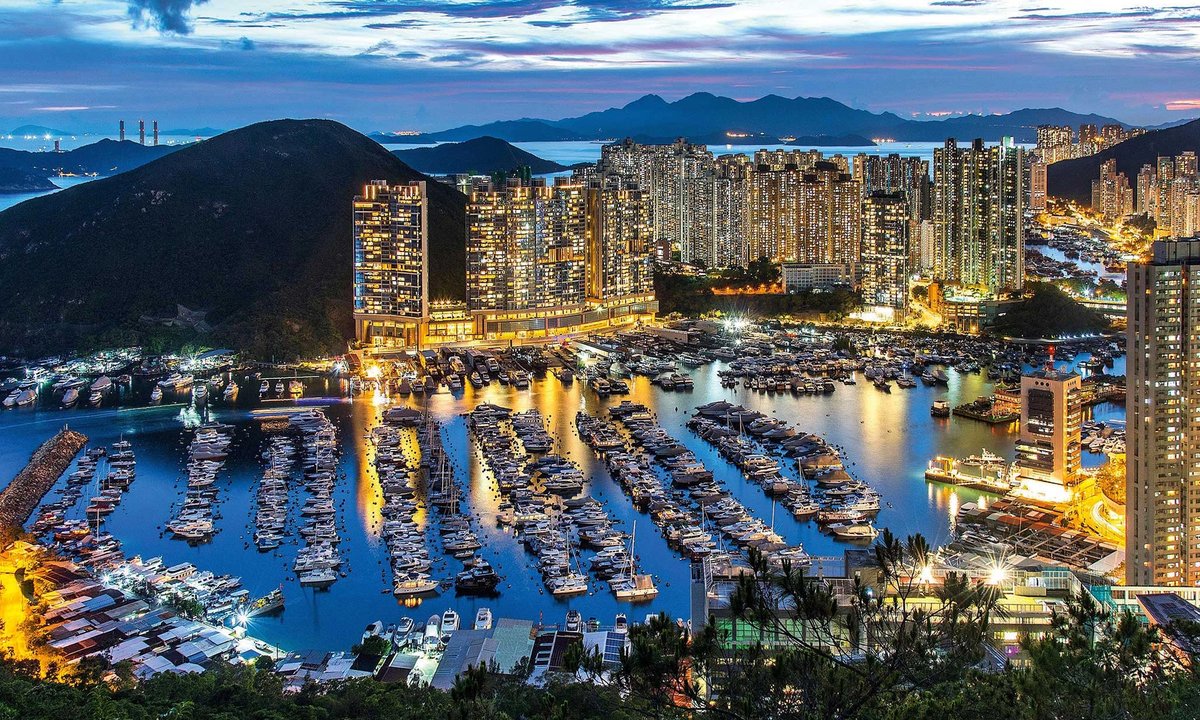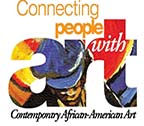The Wong Chuk Hang area in the Southern District of Hong Kong Island has attracted a significant amount of art investment, with more than 20 galleries now open; pictured is the view from Brick Hill to Hong Kong Island at sunset
Tim Pile/Alamy Stock Photo
Carl Kostyál is the latest gallerist to open a space in Hong Kong’s Wong Chuk Hang area. In recent years, the former industrial hub, located on the southern part of Hong Kong Island, has experienced significant development, with projects encompassing art galleries, shopping centres, residential living and office buildings.
Adding to spaces in Stockholm, London and Milan (by appointment), Kostyál’s new venture opened on 22 March in Landmark South, a new commercial building that is also home to the Hong Kong Art Development Council. “It’s like you’re in the middle of a jungle—it’s stunning,” says the Hungarian collector of the mountainous vistas outside his gallery.
Kostyál has been active in China since 2006 and felt this year was an opportune moment to expand his programme to the city. His wife Katharine, who co-runs the gallery with him, notes that the city’s cultural accessibility as a meeting point between the East and West, along with its entrepreneurial and business-savvy disposition, gives it an edge. “It’s fun for us to be a cultural conduit in that context,” she says. Having become known as an incubator gallery that supports emerging artists at the start of their careers, Kostyál inaugurated its Hong Kong space with an exhibition by the Europe-based Chinese artist Rong Bao, who creates surreal and absurdist inflatable sculptures. Katharine Kostyál says: “It’s not a huge space [the Hong Kong gallery], but it’s very much something that she can play with.”
Similarly, the longstanding gallery Alisan Fine Arts (which was established in 1981) opened a second space in Wong Chuk Hang in August last year. Its global director, Daphne King-Yao, says the gallery is dedicated to exhibiting established artists from its fine-art-focused programme and the location in Wong Chuk Hang “provides a dynamic platform for emerging talents exploring contemporary issues through experimental practices”. Spanning 10,000 sq. ft, the new multifunctional space includes a library, viewable storage and versatile rooms to hold talks and private dinners. “We’re moving beyond the traditional white-cube concept to create an environment where art naturally integrates with living spaces,” says King-Yao.
The newly opened Carl Kostyál space at Landmark South in Wong Chuk Hang
Felix Wong © the artist. Courtesy Carl Kostyál, London/Stockholm/Hong Kong
Carl Kostyál and Alisan Fine Arts are following the likes of Podium Gallery and WKM Gallery, which opened in the Southern District in March 2024 and November 2023, respectively. More than 20 galleries are now active in the area, which is a significant increase from the small number that existed there before the MTR (the city’s subway system) was extended to the district in 2016.
A shuttle bus service, supported by the Hong Kong Art Gallery Association and Sino Land (the company that developed Landmark South), will be transporting visitors between Art Basel’s location at the Hong Kong Exhibition and Convention Centre and Wong Chuk Hang this year.
Charles Fong, the director of another local gallery, Rossi & Rossi, and one of the organisers of the transport initiative, attributes the pandemic and the MTR’s arrival to the area’s accelerating cultural growth. “[The pandemic] became a catalyst for people to move out of Central to the South side, where rent is cheaper and ceilings are higher. It’s more exciting for artists to have space to experiment with,” Fong says. He highlights the opening of non-profit institutions and independent art spaces such as Current Plans as further proof of the area’s burgeoning status as an art hub.
From Sin Wai Kin's latest video works to Sarah Sze's first solo exhibition in Asia
As galleries feel the impact of Art Basel’s cancellation, many consider moving to cheaper, up-and-coming locations such as Kowloon and South Island

